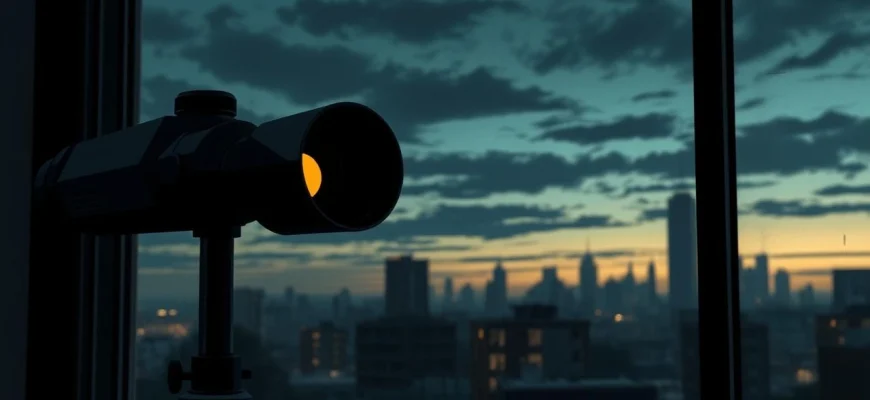If you're a fan of Alfred Hitchcock's classic thriller 'Rear Window' (1954), you're likely drawn to its suspenseful storytelling, voyeuristic themes, and masterful tension. This article explores 10 movies and TV shows that capture the same gripping atmosphere, psychological intrigue, and nail-biting suspense. Whether you love the confined setting, the mystery, or the slow-burning tension, these recommendations will keep you on the edge of your seat just like Hitchcock's masterpiece.
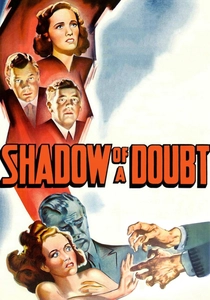
Shadow of a Doubt (1943)
Description: Often considered Hitchcock's first true American masterpiece, this film shares with 'Rear Window' the theme of sinister secrets lurking beneath surface normalcy. Both films feature protagonists who gradually uncover disturbing truths about people close to them.
Fact: Hitchcock often cited this as his personal favorite of his films. The film was partly inspired by real-life serial killer Earle Leonard Nelson. It was one of the first films to depict suburbia as a place of hidden darkness.
 Watch Now
Watch Now 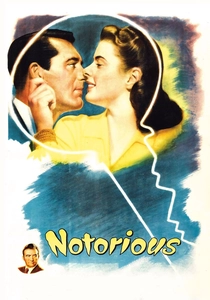
Notorious (1946)
Description: This romantic spy thriller shares with 'Rear Window' Hitchcock's signature blend of suspense and complex relationships. Both films feature protagonists who become involved in dangerous situations through their relationships, with tension building through psychological manipulation.
Fact: The famous extended kissing scene was a way to circumvent the Hays Code's three-second rule for kisses. Ingrid Bergman and Cary Grant's chemistry was so strong that rumors swirled about an affair. The wine cellar key is a masterclass in MacGuffin use.
 Watch Now
Watch Now 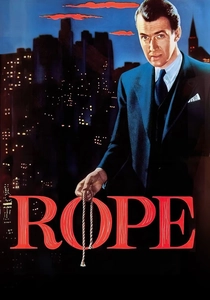
Rope (1948)
Description: Like 'Rear Window', 'Rope' is notable for its technical innovation (presented as continuous takes) and confined setting. Both films explore themes of voyeurism and the audience's complicity in watching events unfold, with tension derived from what characters know versus what the audience knows.
Fact: The film was inspired by the real-life Leopold and Loeb murder case. It was Hitchcock's first color film. The continuous take illusion was achieved with 10-minute takes (the maximum film magazine capacity) with hidden cuts.
 Watch Now
Watch Now 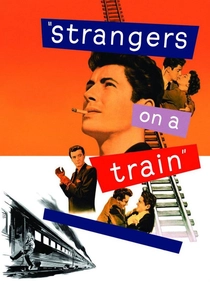
Strangers on a Train (1951)
Description: Like 'Rear Window', this Hitchcock film explores themes of voyeurism and the blurring line between innocence and guilt. Both films feature protagonists who become unwillingly involved in crimes, with tension building through the protagonist's growing realization of danger.
Fact: The film's climax on a out-of-control merry-go-round was technically challenging to film. Robert Walker's performance as Bruno Antony is considered one of cinema's great villains. The 'criss-cross' murder plot was inspired by a real-life case Hitchcock heard about.
 Watch Now
Watch Now 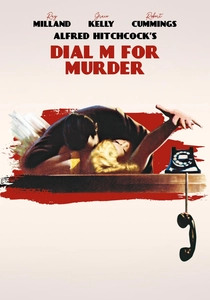
Dial M for Murder (1954)
Description: This Hitchcock film shares with 'Rear Window' a confined setting and a plot centered around a meticulously planned crime. Both films build tension through dialogue and the audience's anticipation of the crime's execution, showcasing Hitchcock's mastery of suspense within limited physical spaces.
Fact: Originally filmed in 3D, though most releases are in standard format. The film was adapted from Frederick Knott's stage play of the same name. Grace Kelly, who also starred in 'Rear Window', plays the female lead.
 Watch Now
Watch Now 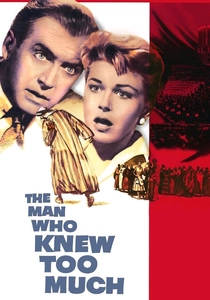
The Man Who Knew Too Much (1956)
Description: This Hitchcock remake shares with 'Rear Window' a sense of ordinary people thrust into extraordinary danger. Both films build suspense through the protagonists' gradual uncovering of a conspiracy, with tension mounting as they piece together clues.
Fact: Hitchcock originally made this film in 1934, then remade it in 1956 with James Stewart and Doris Day. The famous Albert Hall sequence contains no dialogue, relying purely on visual storytelling. Doris Day's performance of 'Que Sera, Sera' won the Oscar for Best Original Song.
 Watch Now
Watch Now 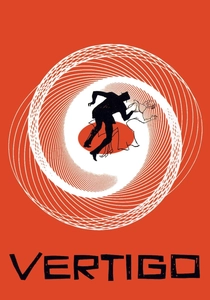
Vertigo (1958)
Description: Like 'Rear Window', 'Vertigo' is a psychological thriller directed by Alfred Hitchcock, featuring themes of obsession, voyeurism, and a male protagonist who becomes entangled in a mystery involving a woman. Both films explore the psychological depths of their characters and employ innovative cinematography to enhance suspense.
Fact: 'Vertigo' was initially met with mixed reviews but is now considered one of Hitchcock's masterpieces and frequently ranks as one of the greatest films of all time. The film's famous dolly zoom effect, used to convey the protagonist's acrophobia, is often referred to as the 'Vertigo effect'. The film was based on the novel 'D'entre les morts' by Boileau-Narcejac.
 Watch Now
Watch Now 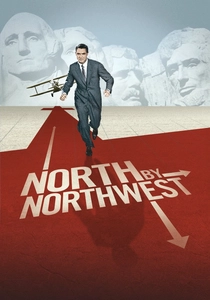
North by Northwest (1959)
Description: While more of a globe-trotting adventure than 'Rear Window', 'North by Northwest' shares Hitchcock's signature suspense and a protagonist wrongfully accused, leading to a thrilling chase. Both films feature themes of mistaken identity and the everyman caught in extraordinary circumstances.
Fact: The film's crop duster scene is one of the most iconic in cinema history. It's considered a precursor to the modern action thriller genre. The Mount Rushmore climax was filmed using a studio replica due to filming restrictions at the actual monument.
 Watch Now
Watch Now 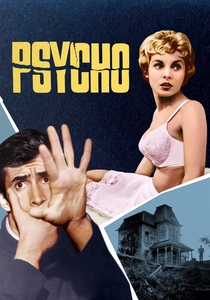
Psycho (1960)
Description: While more overtly horrific than 'Rear Window', 'Psycho' shares Hitchcock's masterful building of suspense and shocking narrative twists. Both films subvert audience expectations and feature voyeuristic elements, with 'Psycho's' Norman Bates being a dark mirror to 'Rear Window's' Jeff.
Fact: The shower scene, despite being only 45 seconds long, took 7 days to shoot. Hitchcock bought as many copies of the novel as possible to keep the ending secret. It was one of the first films to show a toilet flushing on screen.
 Watch Now
Watch Now 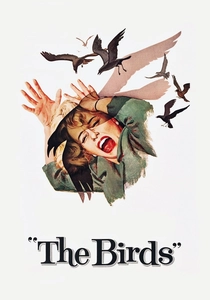
The Birds (1963)
Description: While a horror film on surface, 'The Birds' shares with 'Rear Window' Hitchcock's mastery of building suspense from ordinary situations turning threatening. Both films feature protagonists who are initially observers before becoming victims of inexplicable phenomena.
Fact: The bird attacks used a combination of real birds and mechanical ones. The famous schoolhouse attack scene took a week to film. Hitchcock was inspired by a real 1961 event where birds acted strangely in California.
 Watch Now
Watch Now 
